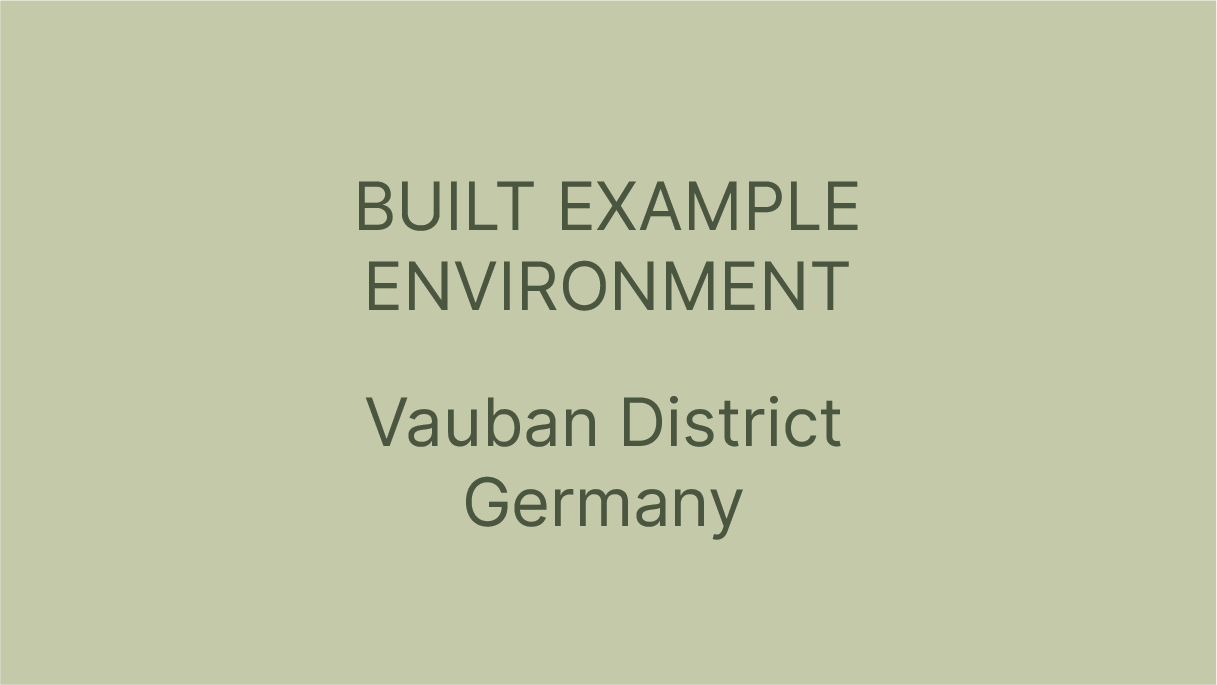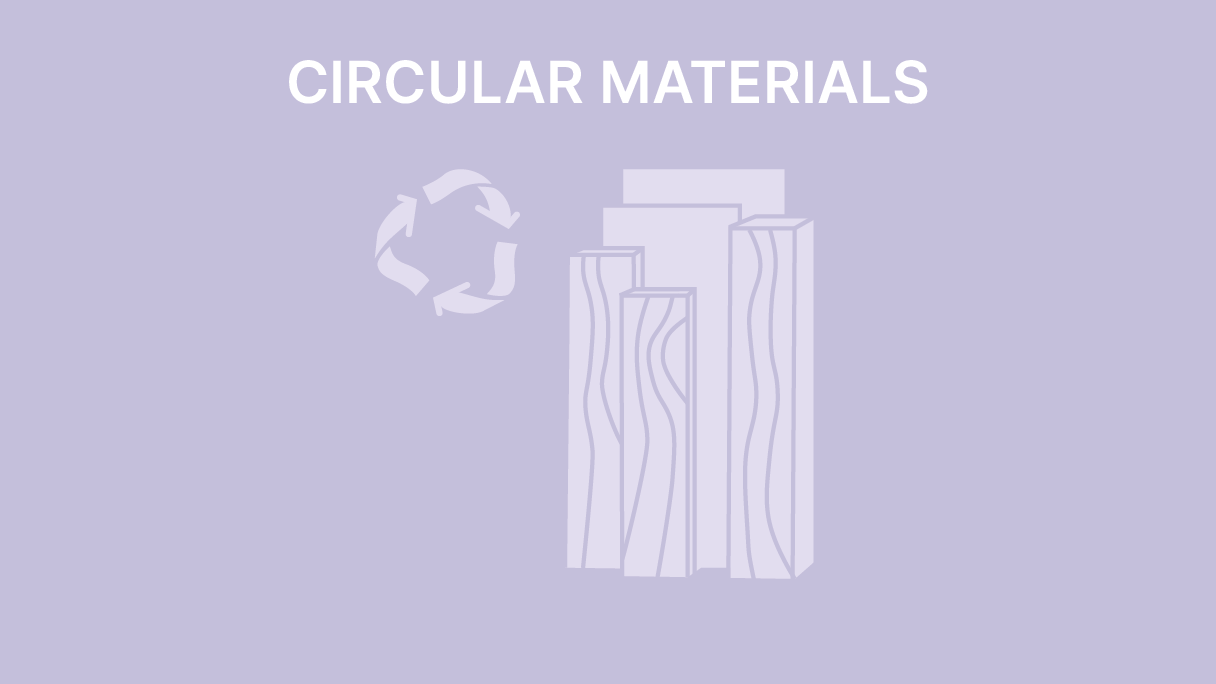Vindmollebakken Housing
The Vindmøllebakken project is an innovative response to the need for socially sustainable living spaces that reduce the carbon footprint and enhance residents' quality of life. It is constructed entirely from wood and features privately owned apartments (40 co-living homes, 10 apartments and 4 townhouses) surrounding a shared 500m2 space with various amenities, including a spacious indoor courtyard. The project is designed to promote a sense of community and encourage social interactions among residents.
Powerhouse Telemark
Powerhouse Telemark is an office building that aims to be carbon positive by using whole life carbon calculations to estimate the carbon that the building’s construction and lifetime use will amount to and measuring that against the energy that the building will produce over its life from renewal solar energy.
Carbon Positive House
Carbon positive house is a prefabricated micro-house that is available in Australia designed by ArchiBlox and claims to be ‘Carbon Positive’ by generating more energy than it takes to build it over its predicted lifespan.
Enghavenparken
Enghaveparken has transformed remarkably into one of Copenhagen's most expansive climate-oriented redevelopments. Central to this transformation is a considerable water reservoir encompassing 22,600 cubic meters; it is welldesigned to address the considerable challenges of flooding in the city's present and anticipated future.
Importance of the Living Environment
We often focus on prestigious one-off buildings, but it is the everyday architecture such as housing that is crucial in designing for a more sustainable world, and tackling the climate emergency. This is because people spend a lot of their time in their homes, and significant energy is required to use the spaces. Living also does not take part in the dwelling alone, but takes place in the housing block and in the neighbourhood, i.e. in the wider living environment. And as such we must consider these interconnected scales to ’lock in’ sustainable and healthy lifestyles with reduced impacts on the planet. This is why designing, and getting the ‘everyday living environment’ right, matters. And this must be inclusive and accessible to all.
Adaptable Infrastructure
Adaptability ensures that infrastructures keep meeting an individual’s, community’s and society’s changing needs over time, but also includes adapting to a changing climate. Adaptability ensures longevity: it reduces risk of premature building obsolesce and demolition when they no longer meet our needs (because they can be adapted) – this is part of circular thinking and climate change mitigation and adaptation approaches. Adaptability reduces transient communities and supports stability, diversity and community cohesion, this is also part of creating inclusive and equitable infrastructures and long-term resilience. As such your project should put adaptability at its core, at micro, meso and macro-scale. A key aspect of this is the creation of different scenarios and personas over time (e.g., scenarios of possible functions, changing climate, modes of use, etc.) and reflect this in at least one alternative layout (i.e. design) scenario for your project. Ensure that your project also enables future adaptability at different scales.
Green Infrastructure
Green infrastructure is the network of natural green spaces and landscapes within and around urban environments, such as food-growing areas, wetlands, forests, parks and wildlife gardens. Green infrastructure supports biodiversity, enhances ecosystem health, absorbs CO2 and manages adaptations to a changing climate (e.g. flood prevention and overheating). Co-benefits are supporting social activity and human well-being. Your project must tread lightly: after all, placing a new structure is hugely disruptive, as the developed land will have lost its existing ecological value forever. Your choice of site is therefore vital and value and protect existing natural habitats and leave the place better than it was before (i.e. retorative action). To do that, create a green infrastructure plan for your project that identifies and creates a map of the potential impact of your design on existing green infrastructure and on stakeholders and propose remedial measures to ensure a restorative approach. Distribute green spaces of different scales and diversity throughout the city within short walking distances and connect wildlife habitats through parks with green corridors and pedestrian spaces. Prioritise views of nature and trees, integrating generous physical access to different kinds and scales of nature for human and non-humans.
Justice
Designing for the climate emergency is not only about focusing on direct impacts (i.e., reducing energy use and CO2 emissions), but responding to its symptoms, (in)direct causes and often unequal consequences. As architects we also hold a significant responsibility towards the public in our work: we are designing the spatial frameworks in which people live their lives and participate in society. As an architect you have a moral obligation to make better decisions, even if you are not rewarded for doing so. This requires a commitment to continuous research, conscious decision-making, curiosity, and creativity to innovate and to challenge the often damaging and unfair status quo. It also requires an in-depth understanding of questions of fairness and justice related to one’s own work.
Home for Life
The 200m² single family house is a CO₂-neutral demonstration project. VKR Holding, which is the mother company of VELUX and VELFAC, initiated the construction of eight demonstration houses in a number of European countries following the Active House principle.
Everyman Theatre
The redesign of the Everyman Theatre was no easy task. It is a newly built naturally ventilated theatre building in the middle of Liverpool with a strong link to the past and ambitious environmental goals, designed by the architects together with engineers, theatre staff and the public. It uses an earth tube in a large air plenum (void space) under the building to cool (and in winter pre-heat) the spaces that acoustically separates the spaces from the urban soundscape. Everyman is fitted with an airtight and well insulated envelope and together with the natural ventilation, the theatre manages to run with significantly less energy, compared to other performance spaces. The architects have run a post-occupancy evaluation report in 2021, and it reveals that both the staff, and customers are extremely happy with the new theatre.
Whole Life Carbon Approaches
Embodied carbon is the carbon footprint of material calculated as multiplied embodied energy by the carbon intensity of the fuel used in production and construction. It is important to reduce both operational and embodied carbon in order to achieve zero carbon buildings. To reduce embodied carbon, we can opt for adaptive reuse of a building or use of reclaimed materials, design structures, services and finishes that are long lasting and adaptable, use materials produced and processed with renewable energy, reduce transportation of materials and products, and undertake embodied carbon and lifecycle analysis. We can also consider using timber frames, bricks, recycled bricks, and rammed earth for low embodied carbon structures.
Life Cycle Assesment
Lifecycle Assessment (LCA) is a methodology used to evaluate the environmental impacts of buildings, products, and materials at all stages of their lifecycle. It looks into resource use, pollution, waste, toxicity to air, water, land, humans and ecology, energy and carbon used for extraction, transportation, and manufacturing, and maintenance, demolition, recycling, and waste disposal. Lifecycle Costing (LCC) is a method to assess the financial impacts of buildings, products and materials at all stages of their lifecycle, including the cost of extraction, transportation, production and construction, maintenance, and replacement. In Denmark, from 2023, LCA will be obligatory for all new buildings with more than 1000 square meters. LCC and Whole Life Costing (WCC) are important to consider the long-term costs and benefits of design decisions, and to take into account the resale value of dismantled building elements for reuse in the future. LCA and LCC are useful to understand and evaluate the impacts of material choices, and make more informed decisions.
Sustainable Sources of Materials
Key points in material selection include aligning with the environment, socio-cultural factors, and economics, while also focusing on local availability, craftsmanship, and construction methods. Priority lies in minimizing resource use, opting for non-toxic, low-energy, and low-carbon materials, like carbon-sequestering timber. Attention to human health and regional construction practices is crucial.
Local availability and climatic suitability often dictate material choices. Investigate local artisans, existing solutions, and production processes for improvements.
To prevent over-harvesting, explore nearby renewable material sources with clean extraction. Certified materials, like FSC timber, uphold sustainability.
Reuse is paramount; existing structures and materials should be considered first. Urban mining views buildings as material banks, advocating for reuse and repurposing of anthropogenic materials. To source reused materials, create a harvest map detailing resources from demolished buildings, recycling centers, and local surpluses.
Natural Materials
Natural materials are found in nature and can be used for structure elements, roofs, insulation, external and internal cladding or furniture. Renewable materials are those that can be easily replenished, such as timber, fax, cork, hemp, cob, stroke, grasses, salt, bamboo and seaweed. Non renewable materials should be natural and abundant, such as stone, earth, clay, sand or organic slightly processed materials. Biogenic materials sequester carbon and absorb more CO2 than they produce in extraction and manufacturing. Recently, there has been an approach to natural materials that focuses on innovation in cultivating, breeding, raising farming or growing future resources, such as wood foam, bio polymers, and fungal mycelium. These materials are cost effective, biodegradable, and have high insulation properties, flame resistance, and a favorable indoor climate
Circular Materials
Circular materials are part of circular material flows which promote reuse and reversibility. This includes adaptive reuse of deteriorated abandoned buildings or other existing structures, urban mining, and reclaiming materials for reuse in place or elsewhere. Recycled materials are reprocessed into products, materials and substances, while upcycling and downcycling involve transforming and reinventing ordinary objects into extraordinary elements. Reusing materials can reduce demand for primary resources, reduce carbon emissions, and minimize the amount of waste generated in the future. Reuse and recycled materials can be found in reuse material shops, second hand shops, or online platforms, and a harvest map can be created to show accessible sources of construction waste or other materials.
Building Fabric
The talk focuses on the crucial role of building fabric, also known as the building envelope, which remains relatively constant over time but holds immense influence over a building's comfort systems. This envelope acts as a shield against external weather conditions and microclimates, encompassing factors like solar radiation, wind, precipitation, temperature, and humidity. As our climate undergoes shifts, the quality of the building fabric becomes even more vital. It has the potential to greatly reduce the reliance on heating, cooling, lighting, and ventilation systems, effectively minimizing energy consumption and carbon footprint. Essential elements for designing in response to climate changes include weather protection, insulation, air tightness, and moisture management. Moreover, design choices should incorporate aesthetics, accessibility, and materials.
Options like sealed and permeable systems exist for effective weather protection.
Insulation is a cornerstone consideration, recommending thicker insulation for colder climates and strategies like the passive house standard for comprehensive energy efficiency.
Airtightness is paramount in temperate and cold climates to prevent heat loss, while a balanced ventilation system ensures optimal indoor air quality. Managing internal moisture is equally vital to avert issues like mold growth and material deterioration.
Incorporating thermal mass, whether structural or non-structural, can enhance a building's capacity to absorb and release heat.
Passive Design Approaches
Passive House design is an innovative approach in architecture that focuses on achieving exceptional energy efficiency and comfort within buildings. This approach is rooted in the principle of minimizing energy consumption by utilizing natural resources and optimizing the building envelope.
Passive House buildings are meticulously designed to maintain a constant indoor temperature through careful insulation, airtight construction, and efficient ventilation systems. High-performance windows, advanced insulation materials, and thermal bridges reduction are integral components of this strategy. By harnessing solar gains and internal heat sources, these buildings can significantly reduce the need for traditional heating and cooling systems.
The Passive House concept prioritizes a holistic design philosophy, emphasizing the synergy between architectural elements and energy efficiency. Notably, it aligns with sustainable practices by substantially reducing greenhouse gas emissions and promoting long-term environmental sustainability.
Self-sustaining Design Approaches
Self-sustaining design approaches at their core, these approaches embrace a holistic philosophy that seeks to harmonize human habitats with the natural world while reducing resource consumption and minimizing environmental impact.
Central to this concept is the aim to achieve self-sufficiency, wherein buildings generate their energy and resources, striving for net-zero or even positive energy balance. This involves integrating renewable energy sources such as solar panels, wind turbines, and geothermal systems, coupled with innovative energy storage solutions.
Passive design strategies play a vital role, leveraging the local climate and environment to optimize heating, cooling, and lighting without heavy reliance on mechanical systems. Water conservation is also paramount, employing techniques like rainwater harvesting, greywater recycling, and efficient irrigation.
Materials selection takes on a sustainable ethos, favouring eco-friendly and locally sourced options to reduce embodied energy and minimize transportation impact.


















